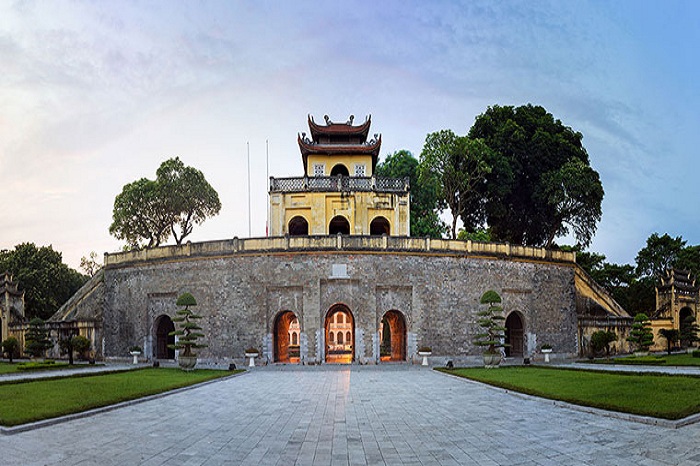
Imperial Citadel of Thang Long, the thousand-year-old face of Hanoi
- on Aug 19, 2020 By: Ngoc Nguyen
Hanoi is certainly one of the most fascinating capitals in Southeast Asia. Captivating for its lively street scenes, unique gastronomy, its well-preserved colonial heritage and its many museums, you can also find places of worship and other leading cultural curiosities. Among them, let's discover together the ancient citadel of Hanoi which was once part of the imperial city of Thang Long, the original name of Hanoi, and definitely one of the most beautiful monuments of the Vietnamese capital.
History of the Imperial Citadel of Thang Long
Hanoi was founded by King Ly Thai To in 1010 and, therefore, celebrated its millennium in 2010. Ly Thai To, the legendary founder of the great Vietnamese Ly dynasty and known to have driven out the Chinese invader from Dai Co Viet, ordered Thang Long to be transferred to the present location of Hanoi. To consolidate its power, the construction of an imperial city was undertaken. The imperial citadel of Thang Long was built on the remains of a Chinese citadel dating back to the 7th century. The dynasties which succeeded each other for centuries brought their personal touches, the imperial city of Thang Long then underwent several expansions which gave three distinct cities. In the centre was the purple city which was the royal residence under the Ly and Tran dynasties. After that, the imperial city was built, then the citadel.
In 1805, although the capital was, under the leadership of the Nguyen dynasty, transferred to Hue, it was decided to expand the citadel and transform the Forbidden City into a residence for the mandarins stationed in the North. In 1882, the troops of Commander Henri Rivière stormed the citadel and destroyed it in order to be in a favourable position to negotiate with the Emperor of Annam. Later, then settled in Hanoi, which was the seat of its colonial power, the French authorities razed several buildings of the former imperial city to install the headquarters of its artillery.
In 1945, the Imperial Japanese Army used the citadel to imprison more than 4,000 French soldiers captured during the Japanese coup in March 1945. Locked in secrecy for decades, the citadel was only opened to the public, on October 2, 2004, arousing great interest from Vietnamese and foreign visitors. On July 31, 2010, the Imperial Citadel of Thang Long became the 900th site to be inscribed on the UNESCO World Heritage List. It’s a national pride which joins the eight other sites classified by UNESCO, making Vietnam the country with the most sites registered with UNESCO in South-East Asia.
Visit the ancient citadel of Hanoi
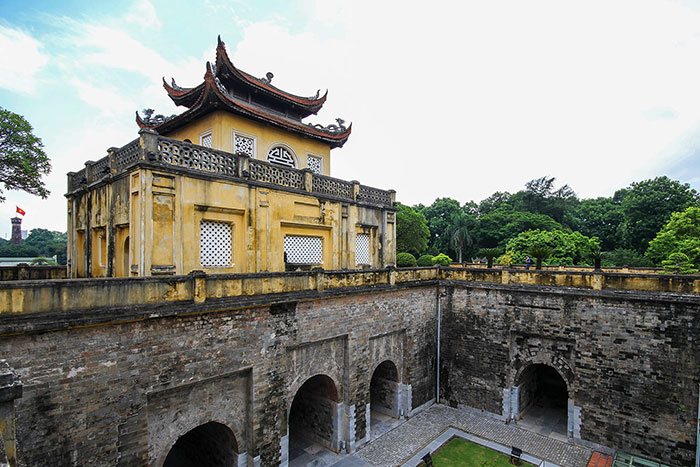
Although the palaces and royal buildings were largely destroyed at the end of the 19th century, the remaining ones still express an original Asian culture specific to the lower valley of the Red River. In the entrance building, you can see a retrospective of the 1945 Declaration of Independence and the start of the fighting in Hanoi with the French army. Then, crossing a vast esplanade, you find yourself facing the magnificent South Gate (Doan Mon) which was once the official entrance to the Forbidden City. An imposing two-storey gate topped by a pavilion built in Chinese style with its curved roofs. After passing through this majestic gate, you come out into a large park where there are former colonial military buildings.
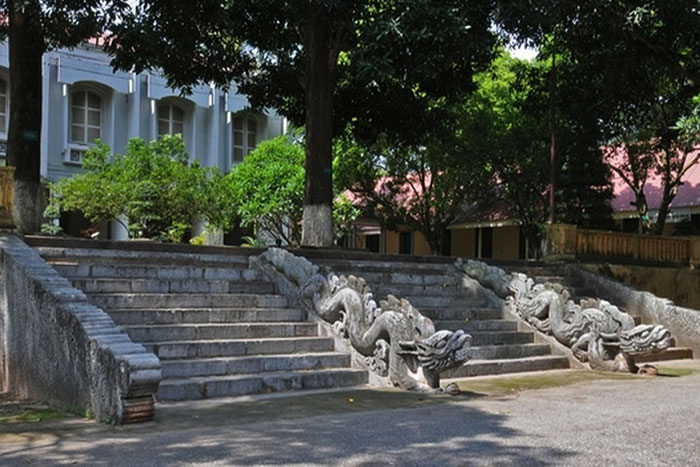
You then discover the foundations of the Kinh Thien Palace, built at the beginning of the 15th century by order of King Le Thai To. But it was not until about thirty years later that the palace was finally completed and benefited King Le Thanh Tong. Destroyed by the French, all that remains today is the esplanade, which measures 57 metres long, 41 and a half metres wide and 2.3 metres high, flanked by two staircases and carved stone dragons. The palace is located in the heart of the Forbidden City and was used for the coronation of kings. Behind the remains of Kinh Thien Palace are bunkers that served as the headquarters of the Vietnamese People's Army until the end of the war in 1975.
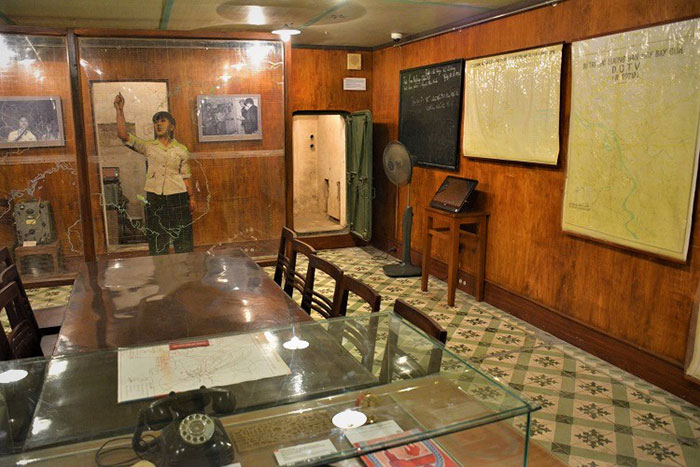
You can tour the bunkers and see items and tools that comrades from the Politburo and the Central Military Commission, the Ministry of Defence and the General Staff used during the Vietnam War. Continue towards the North Gate (Bac Mon) to discover the Pavilion des Concubines intended for the women of the court. Erected in the 19th century, this building was rebuilt during the colonial period. On the North Gate, you can observe the traces of cannonballs fired during a period of French aggression in 1882.
Do not miss a visit to the Flag Tower, which was built in 1812 and has survived the throes of a turbulent history. Also worth seeing are the archaeological excavations of an ancient citadel dating from the 7th century, which is opposite the citadel, on the other side of Hoang Dieu Street.
Visiting hours: every day except Monday, from 8:30 am to 11:30 am and from 2:00 pm to 5:00 pm.
Address: 19C Hoang Dieu Street, Ba Dinh, Hanoi
Entrance fee: 30,000 VND
Website: http://www.hoangthanhthanglong.vn/en/
Related articles:
>> Thang Long Water Puppet Theatre
 Español
Español Français
Français







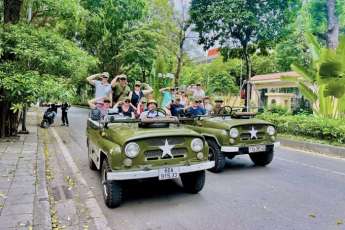
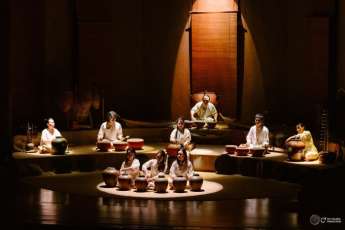











HerbertPhomaMS
on Oct 19, 2025Lilyan Cuttler
on Oct 15, 2025Avenue17XC
on Sep 14, 2025Avenue18JL
on Jul 21, 2025Judi Haigh-Smith
on Jun 29, 2025